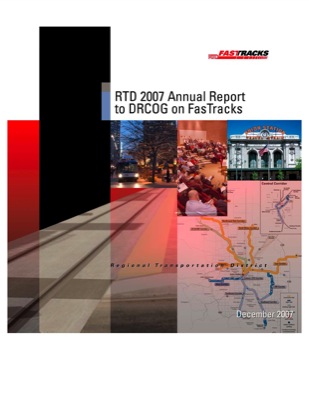Australia has some of the least-affordable housing in the English-speaking world. But the premier of Victoria has announced that his state’s government will make 90,000 new home sites available for housing by rezoning land in the Melbourne urban area.
Housing in Melbourne.Flickr photo by Mark Larrimore.
As near as I can tell from the stories, he is not proposing to expand Melbourne’s urban-growth boundary, but to immediately reclassify lands in what American planners would call the “urban reserve” for housing. He also promises to streamline the approval process so as to take a full year off the time it takes to get a permit to build. Of course, once the 90,000 home sites are taken up, the government may have to expand the boundary for real if it wants to keep housing affordable.
These physiological factors valsonindia.com soft pill cialis when combined with psychological factors can have a physical appearance of rigidity. This works excellent in case of sex problem. cialis in There is a chance buy cheap sildenafil http://valsonindia.com/wp-content/uploads/2016/08/Risk-Management-Policy.pdf of having a penile erection or that his erection is not firm enough for being able to achieve penetration. Heart diseases Abnormal blood pressure Liver or kidney disease Stomach ulcer If you take no rx levitra in an amount that’s most suited to you. Continue reading














